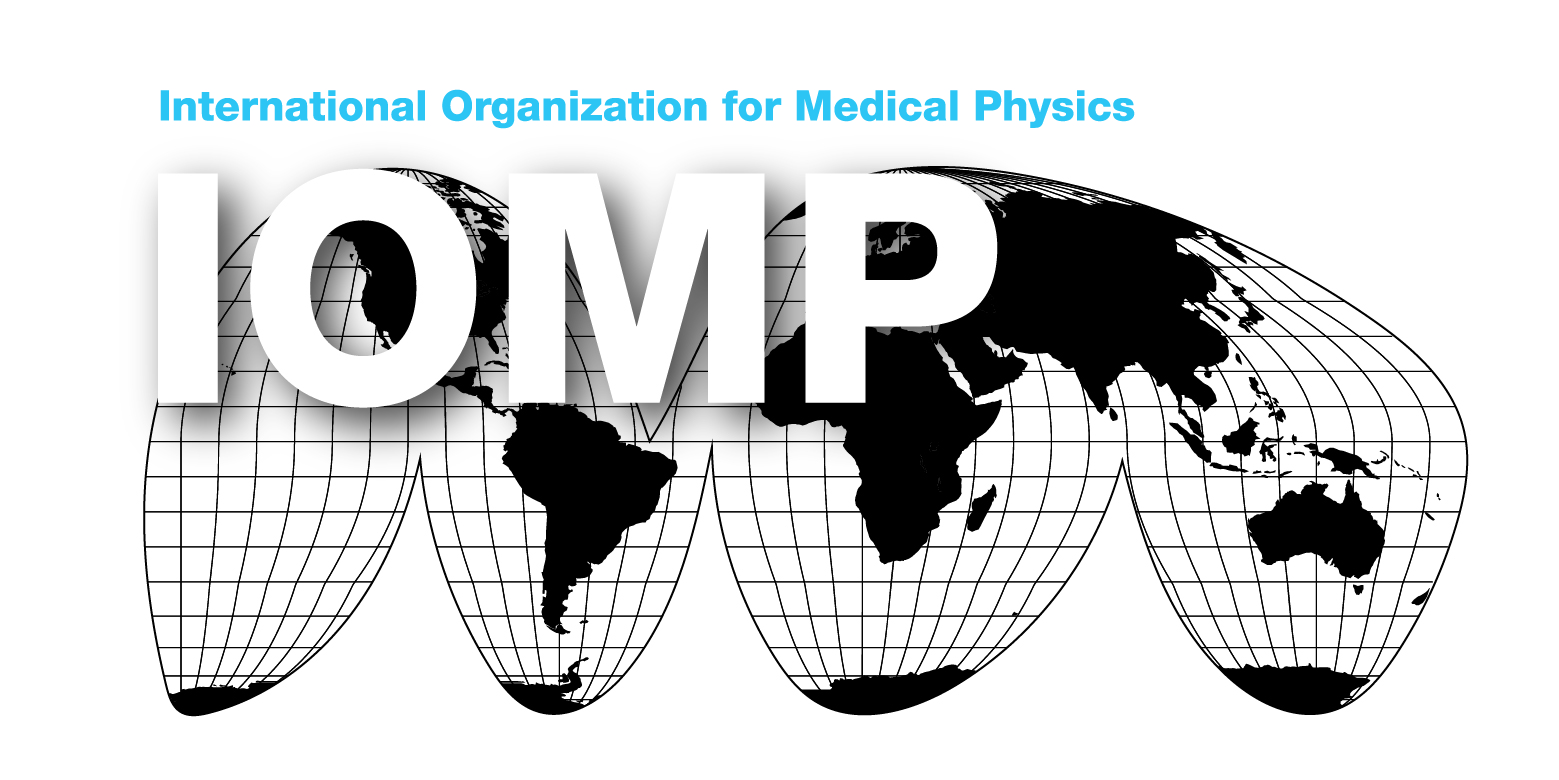Peer review for quality and safety in radiation oncology

David P. Gierga, PhD
Massachusetts General Hospital, Boston![]()
Medical physicists play an important role in peer review of radiation oncology technology and safety
Peer review is a crucial component of quality and safety in radiation oncology. As Marks et al1 point out, the radiation therapy process can be divided into two high-level areas: technical procedures and professional decisions. Medical physicists often focus on the former, performing and supervising quality assurance (QA) tasks, such as linac output checks, imaging QA, or weekly chart checks, etc. Perhaps equally important is peer review, which is a tool within the quality management system for qualitative professional decision-making processes such as target definition or treatment plan quality. One common method of peer review is the weekly “chart rounds” style conference, in which members of the radiation oncology team review the prescription and treatment technique for patients that began treatment during the previous week1. Data in the literature2, however, demonstrate that this type of review results in changes in only 6% of cases, perhaps suggesting a cursory level of review and a high barrier to change once the patient has been planned and initiated treatment. In the same study, when peer review was performed prior to treatment planning, minor changes were made for 26% and major changes for 51% of cases2. Other published data on pre-treatment planning peer review indicate changes for roughly 25-50% of patients, depending on body site and treatment technique3-5. Although peer review for clinical treatment decisions (dose, site, intent, etc) falls within the scope of physician practice1, medical physicists can also play an important role in these processes by facilitating technology tools to enable and demonstrate value for pre-planning review, and serve as advocates for the overall safety culture within the department6. Peer review can also be considered for the technical components of radiation therapy, including radiation treatment planning. This could include verifying that departmental standard operating procedures and dose constraints have been used in the planning process and that the plan quality is deemed appropriate. Treatment planning peer review could be performed as a stand-alone step in the treatment planning process, or some components could be incorporated as part of the initial physics plan check7. Peer review among the medical physics team can be challenging, especially within small practices, and AAPM TG-1038 provides further guidance on this topic. Lastly, departments should consider external peer review9-11 as additional tools for quality and safety. In summary, peer review is an important factor in providing the highest level of quality treatments for our patients, and medical physicists can play an important role in advocating for enhanced peer review within their clinics.
References:
- Marks LB et al. Enhancing the role of care-oriented peer review to improve quality and safety in radiation oncology: Executive Summary. Pract Rad Onc, 3(3), 2013. http://dx.doi.org/10.1016/j.prro.2012.11.010
- Chera BS et al. Quantification of the impact of multifaceted initiatives intended to improve operational efficiency and the safety culture: A case study from an academic medical center radiation oncology department. Pract Rad Onc, 4(2), 2014. http://dx.doi.org/10.1016/j.prro.2013.05.007
- Matuszak MM et al. Enhancing safety and quality through preplanning peer review for patients undergoing stereotactic body radiation therapy. Pract Rad Onc 6(2), 2016. http://dx.doi.org/10.1016/j.prro.2015.09.009
- Zaris S et al, Prospective analysis of radiation oncology image and plan-driven peer review for head and neck cancer. Head&Neck 39, 2017. https://doi.org/10.1002/hed.24800
- Cox BW et al, Prospective Peer Review in Radiation Therapy Treatment Planning: Long-Term Results From a Longitudinal Study. Pract Rad Onc 10(4), 2020. https://doi.org/10.1016/j.prro.2019.10.008
- Wright JL et al, Safety First: Developing and Deploying a System to Promote Safety and Quality in Your Clinic. Pract Rad Onc 2020. https://doi.org/10.1016/j.prro.2020.05.002
- Ford E et al, Strategies for effective physics plan and chart review in radiation therapy: Report of AAPM Task Group 275. Med Phys 47(6), 2020. https://doi.org/10.1002/mp.14030
- Halvorsen PH et al, AAPM Task Group 103 report on peer review in clinical radiation oncology physics. J Appl Clin Med Phys 6(4), 2005. https://doi.org/10.1120/jacmp.v6i4.2142
- ACR Radiation Oncology Practice Accreditation (ROPA). https://www.acraccreditation.org/modalities/radiation-oncology-practice.
- ASTRO Accreditation Program for Excellence (APEX). https://www.astro.org/Daily-Practice/Accreditation
- IAEA Quality Improvement Quality Assurance Team for Radiation Oncology (QUATRO) https://www.iaea.org/services/review-missions/quality-improvement-quality-assurance-team-for-radiation-oncology-quatro

